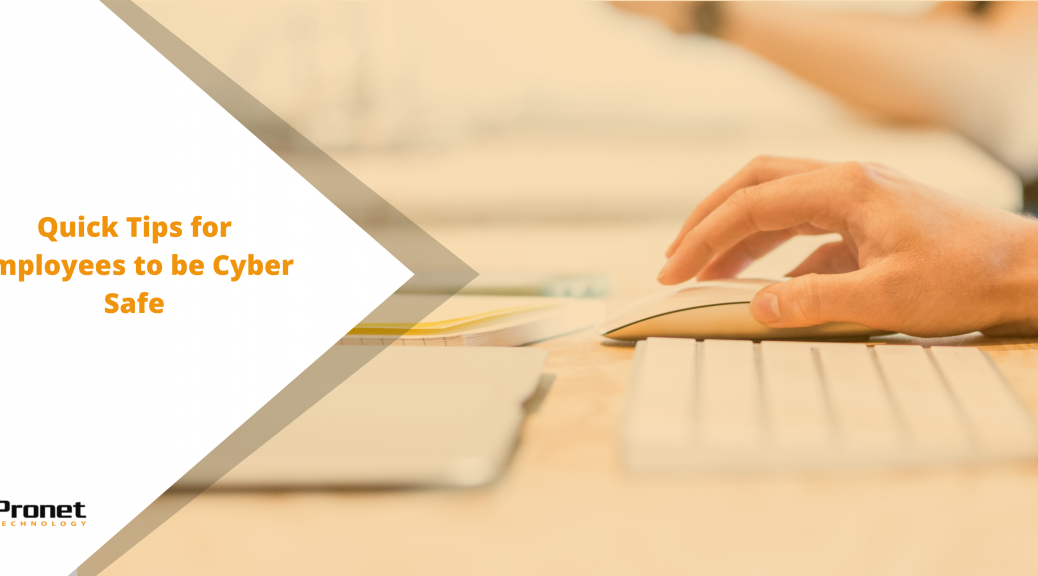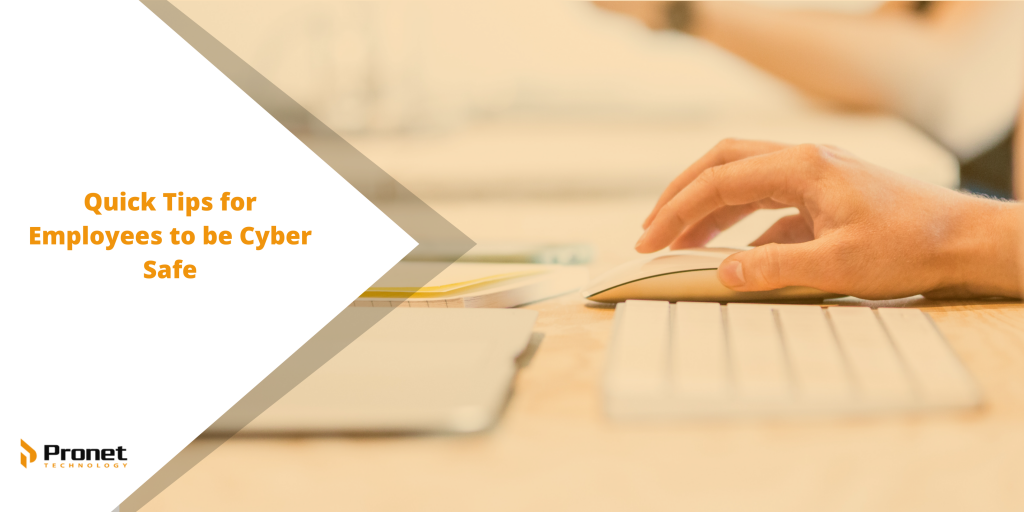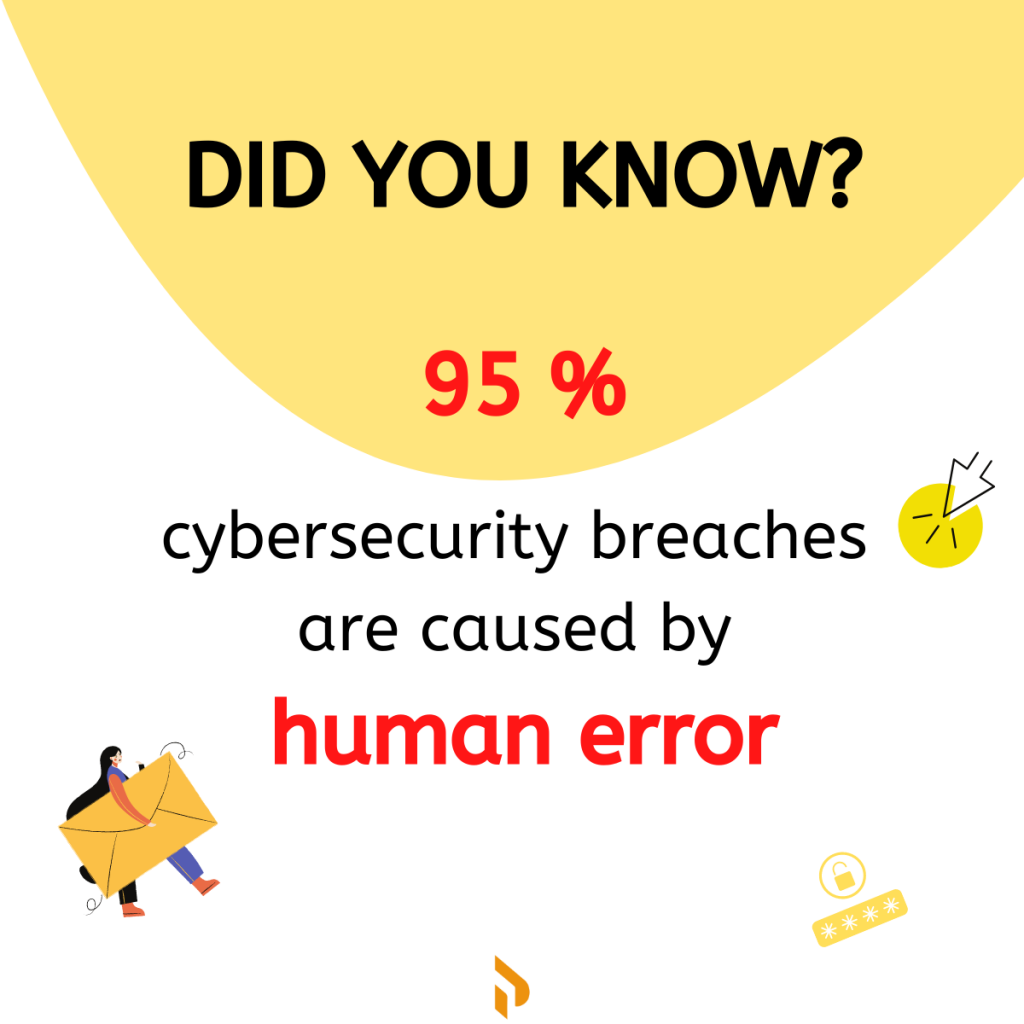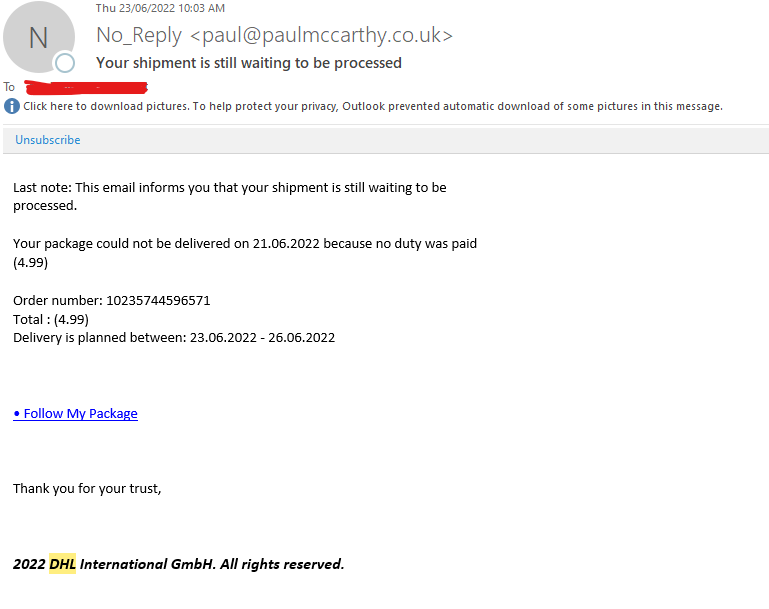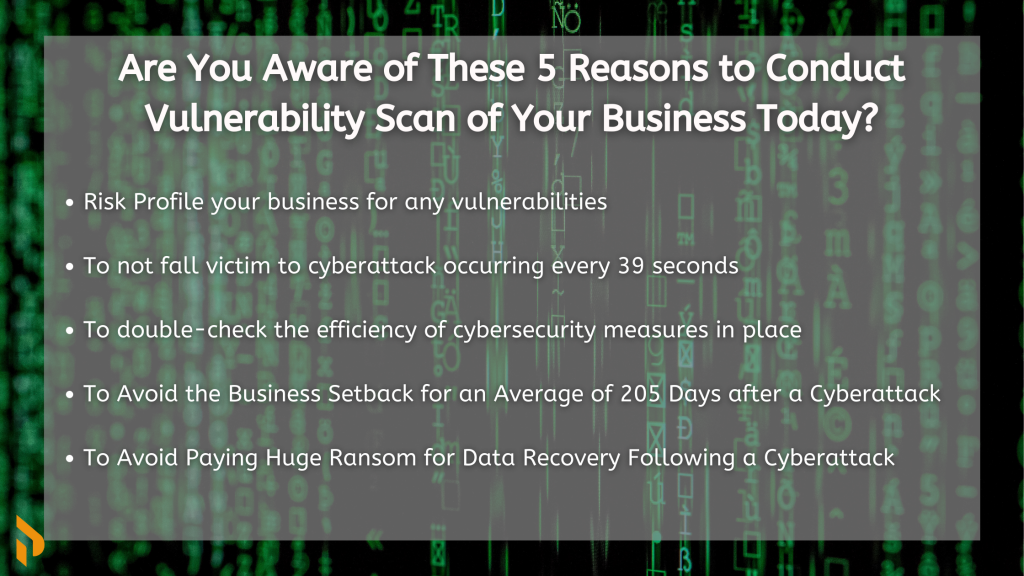
Cyber attacks are outright devastating for Australian businesses. Not only causing extreme financial loss but potentially long-lasting reputation damage. With customers’ lack of trust, this could make it incredibly hard for your business to get back on its two feet.
So how do you protect your reputation in wake of a cyber attack?
The key is to be transparent and open to all stakeholders. No longer can businesses hide behind their office doors and customers kept in the dark until the situation blows over. People will ask questions and it’s your responsibility to answer them as truthfully as possible. When a cyber attack strikes you’ll most likely be hit by a barrage of enquiries and addressing the public may be forgotten about. That’s why your business needs to be prepared and plan ahead.
We have created some guidelines that MUST be followed at minimum to prevent this from happening. We will outline what you need to have in place before, during, and after a data breach, to help prevent lasting reputation damage.

Before an Attack: Not IF but WHEN
Before we begin, let’s establish why it’s best to prepare now, and there are two key reasons. Firstly, cyber attacks are so frequent that it’s no longer a matter of “if” it will happen, but “when” it will happen. The second reason is when systems are compromised, people panic, emotions run high, confusion sets in, and mistakes will get made. If the preparation has been done, when disaster strikes it will greatly reduce the chance of mistakes.
One of the first things to do is assemble a team of in-house incident responders and equip them with the necessary tools for the job. Make sure to provide proper training on evidence collection and storage processes. When disaster strikes, they’ll know what to do and will be the ones to ensure all procedures are being followed.
Establish a communication channel that is available around the clock. Focus on informing internal stakeholders in the event of an attack. It’s important to keep communication open to ensure trust and transparency.
Set up a notification process that involves relevant departments, such as marketing and legal. Decide on a plan for informing customers, regulators, and law enforcement. Having this in place prior helps streamline the process of notifying parties immediately.
Consider offering unique services to affected clients. This depends on the nature of your company and the assets at risk. One example is identity protection for customers whose information has leaked. These are a gesture to show your commitment to continuing the customer relationship.

During The Attack: Be Strategic
Keep internal stakeholders updated on developments. As well as the steps your company has taken to ease the situation. Keep phone lines open, although sending email updates has proven to be more efficient. Be sure to create a timeline of events as you go along.
Identify and document the following information and evidence as much as you can. These are needed when the time comes to notify clients and the public about the breach:
- Compromised systems, assets, and networks
- Patient zero, or how the breach happened
- Information in affected machines that has been disclosed, taken, deleted, or corrupted.
If your company has a blog or a page where you can post company news, draft up an account of the events from start to finish. It’s also good to include what you plan to do in the next few weeks following the breach. Be transparent and effective. This is a good opportunity to show clients the company’s initiative to rectify the problem. The Chief Marketing Officer should take the lead on this.

After an Incident: Keep the Momentum
Notify your clients and anyone else that may have been affected by the breach.
- Put out company news or blog posts the company has drafted about the cybersecurity incident.
- Send emails linking back to the blog and social media.
You must prepare to receive questions from clients and anyone interested in learning more about what happened. Expect to have uncomfortable conversations and receive criticism, some people will always be less understanding than others.
Offer those extra services to clients, which you have already thought out and prepared for in the first phase. Even if they don’t wish to receive the offer, the gesture will show your commitment to amending customer relationships.
Regain stakeholders’ confidence and trust by focusing on breach preparedness & containment strategies. Based on post-incident discussions, implement new processes. This will help prove the company’s commitment to its clients. This can turn the stigma of data breaches on its head.
Audit the information your company collects from customers to see if any is not a necessity to do business. The logic behind this is the less data you keep on customers, the less data at risk. Make sure that all your stakeholders know which information you will not be collecting and storing anymore.
Last, be sure to recognise the hard work of your employees and reward them for it. Yes, they’re your stakeholders and shouldn’t be forgotten. Especially after the event of a cybersecurity incident.
Conclusion
Knowing how to manage your business’s reputation is seen as a competitive advantage. It’s one thing to know how to recover from a cybersecurity incident. It’s another to know how to keep the brand’s image intact despite the negative attention.
Remember that a breach can happen to any company from any industry. How your company acts before, during, and after the incident is what will be remembered. Use that to your advantage.
We hope you’ve been able to take something away from this. With cyberattacks continuing to wreak havoc for Australian businesses, it’s best to be prepared. These key steps are vital to preventing lasting reputation damage at your organisation.











